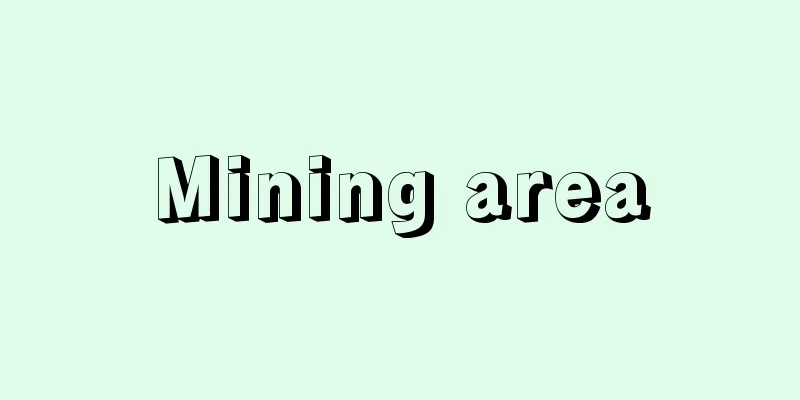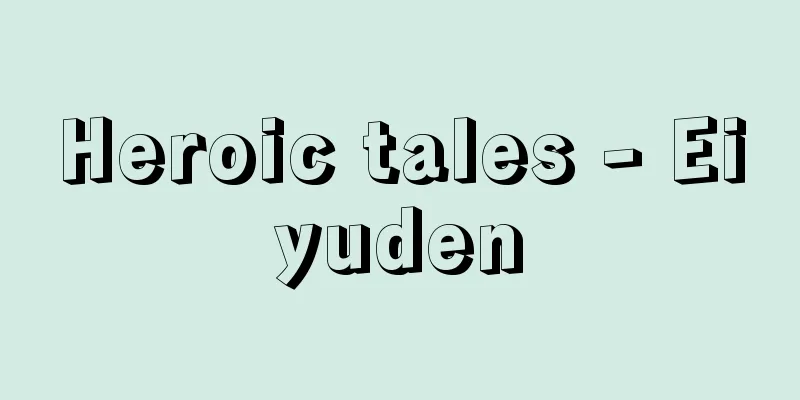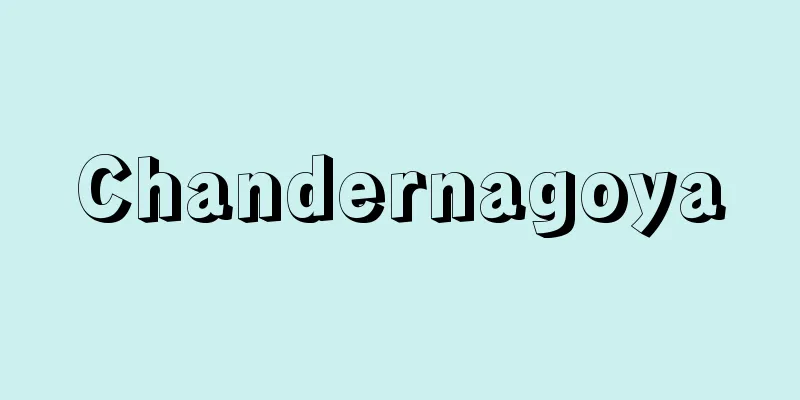Mining area

|
A mining area is an area of land that is covered by mining rights. The boundaries of a mining area are set by straight lines, and the horizontal limit is just below the boundary line on the ground, and the depth is unlimited within the limits of human power. Mining areas are divided into prospecting areas, mining areas, and mining lease areas. Since it is not desirable to subdivide mining areas from the viewpoint of the rational development of mineral resources, the area cannot be less than 15 hectares for coal, petroleum, asphalt, and combustible natural gas, 1 hectare for limestone, dolomite, silica, feldspar, alumina, talc, and fireclay, and 3 hectares for other minerals. There is no minimum for placer ores. In order to prevent a single mining right holder from monopolizing a wide area, the area cannot exceed 350 hectares, except in cases where it is unavoidable for the rational development of minerals. Since it is desirable for mining areas to be of an appropriate size to suit the location and shape of the deposit, the addition or reduction, division or merging of mining areas is permitted, and in some cases the Director-General of the International Trade and Industry Bureau may order the filing of an application for an addition or reduction of a mining area, or may recommend that mining rights holders discuss the application for an addition or reduction of a mining area, and if the discussions do not reach an agreement, the parties may apply for a decision from the Director-General of the International Trade and Industry Bureau. In addition, when the Pollution Adjustment Committee finds that the mining of a mineral is inappropriate in comparison with the general public interest or general industry, it may specify a mineral and designate a mining prohibited area. Under the old Mining Law, mining prohibited areas were within 300 ken (approximately 540 meters) of the Imperial Palace, villas, military ports, fortress areas, etc. [Saburo Miyata] [Reference] |Source: Shogakukan Encyclopedia Nipponica About Encyclopedia Nipponica Information | Legend |
|
鉱業権の及ぶ土地の区域をいう。鉱区の境界は直線で定め、横にはその直線の地表の境界線の直下を限りとし、深さは人力の限度において無限に及ぶ。鉱区には試掘鉱区、採掘鉱区、租鉱区がある。鉱区は、鉱物資源の合理的開発の見地から細分することは好ましくないため、石炭、石油、アスファルトおよび可燃性天然ガスについては15ヘクタール、石灰石、ドロマイト、珪石(けいせき)、長石、ろう石、滑石および耐火粘土については1ヘクタール、その他の鉱物については3ヘクタールを下ることができない。砂鉱については最低の定めがない。また一鉱業権者による広範囲の区域の独占を避けるために、鉱物の合理的開発上やむをえない場合のほか、350ヘクタールを超えることができない。鉱区は、鉱床の位置・形状と適応した適正な規模であることが望ましいので、鉱区の増減・分割合併が認められ、場合によっては通商産業局長が鉱区の増減の出願を命じ、または鉱業権者間で鉱区の増減の出願について協議するよう勧告し、協議が調わないときは当事者は通商産業局長の決定を申請することができる。また公害等調整委員会において、鉱物の掘採が一般公益または一般産業と対比して適当でないと認めるときは、鉱物を指定して鉱区禁止地域を決定することができる。旧鉱業法では、皇居、離宮、軍港、要塞(ようさい)地帯などの外側300間(約540メートル)以内は鉱区禁止区域であった。 [宮田三郎] [参照項目] |出典 小学館 日本大百科全書(ニッポニカ)日本大百科全書(ニッポニカ)について 情報 | 凡例 |
Recommend
Fault angle basin
…Many fault basins have developed in the mountain...
Cobear
Also known as tsurukobea. A perennial vine of the ...
Ceboidea
…the name is a general term for the New World mon...
Falsetto (English spelling) falsetto English
A vocal technique used in vocal music. A high voi...
Indian Saffron
… [Hoshikawa Kiyochika] [dye] A hot water extract...
Pieridae
…General term for insects of the family Pieridae ...
Olbers' paradox
A paradox that states that if the distribution of ...
Velemir Hlebnikov
Russian and Soviet poet. His real name was Viktor...
Iguana - Iguana (English spelling)
In a broad sense, it is a general term for lizard...
Heda, WC (English spelling) HedaWC
...Furthermore, the cutthroat free competition to...
International Hydrographic Organization
...For medium- and large-scale maps, the standard...
Matching the winner - Ichishoretsu
A term that abbreviates Honjyaku (the unity of Hon...
Carboxylic acid chloride
...In a broad sense, it is a general term for com...
Alfred Döblin
German author. Born in Szczecin, Poland, to a Jew...
yakshagana (English spelling) yakshagana
...One of the essential aspects of folk performin...









